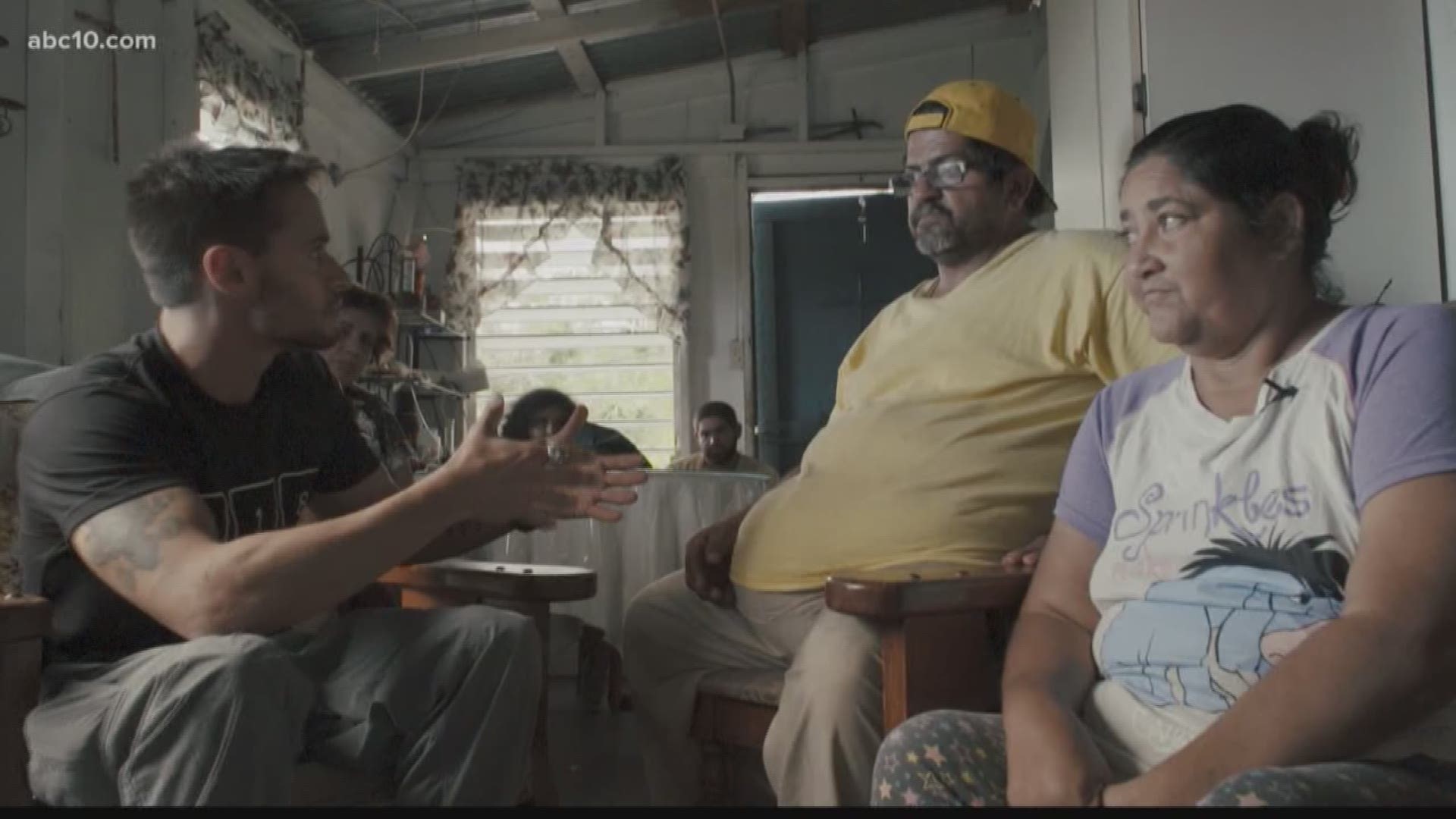Hurricane season starts this week, but places like Puerto Rico are still recovering from last year’s catastrophic Hurricane Maria.
Now, experts are saying it was a lot more devastating than originally reported, according to a new study out Tuesday from researchers at Harvard and other institutions.
Last year, ABC10 was on the ground in Puerto Rico within three days of Hurricane Maria’s devastating blow to the island. We’d embedded with an Air Force airlift squadron dispatched to the U.S. territory to deliver aid and rescue workers, who’d already been spread thin by other violent storms that had wreaked havoc in Florida and Houston.
The hurricane’s destruction was evident from thousands of feet up in the air, and became even clearer when we landed. As the weeks and months passed, and the death toll and damages climbed, we decided to return to the island in December to see firsthand how Puerto Rico would recover, if it could recover.
Around the same time, an investigation published by the New York Times found that a 1,000 more people than usual died across the island 42 days after the storm, while the government’s official death count remained at 64.
Now, according to the study released by a group of researchers from Harvard and other institutions says the government’s number is a substantial underestimate, and that the actual number is more than 4,600 deaths, or 70 times the official toll.
Researchers surveyed more than 3,299 randomly chosen households and compared the mortality rate after the hurricane (between September 20, 2017 through December 31, 2017) with the official mortality rate for the same period in 2016.
Researchers calculated a 62 percent increase in the mortality rate from Sept. 20 through Dec. 31 in 2017 as compared with the same period in 2016.
The researchers also found that many people had been displaced from their homes, and had endured months without essential utilities, particularly in remote areas. We witnessed that first had when we visited some of these.
According to the study, these types of interruptions of medical care were the primary causes of sustained high mortality rates in the months after the hurricane.
Deaths can be directly attributed to a tropical cyclone if they are caused by forces related to the event, or if they are caused by unsafe or unhealthy conditions resulting in injury, illness, or less of necessary medical services, the survey said. In the United States, death certificates are the primary source of mortality statistics, and in most jurisdictions, death can be attributed to disasters only by a medical examiner.
A report from the New York Times said the government of Puerto Rico is still reviewing death reports which will be included in it’s revised tally once the investigation is complete.
Meanwhile, a statement released by Carlos Mercader, executive director of the Puerto Rico Federal Affairs Administration, said the government has “always expected the number to be higher than was previously reported,” and that this new study will help Puerto Rico “better prepare for future natural disasters and prevent lives from being lost.”
Follow the conversation with Michael Anthony Adams on Facebook.


